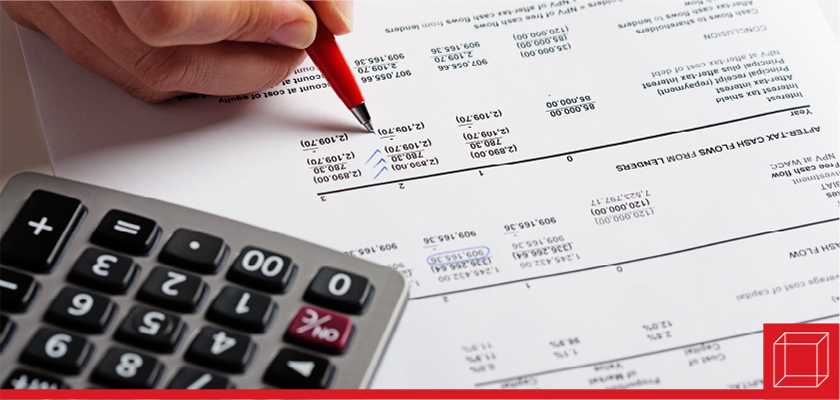The Basics Behind the 50/20/30 Rule for Personal Finance
Do you struggle to save money? Are you living paycheck to paycheck? Do you keep telling yourself that you’ll save money, but find yourself with no extra cash at the end of each month?

Do you struggle to save money? Are you living paycheck to paycheck? Do you keep telling yourself that you’ll save money, but find yourself with no extra cash at the end of each month?
If the answer to any of these questions is a “yes,” you’re not alone. In fact, a 2021 Bankrate survey revealed that an astounding 25% of Americans have no emergency savings at all.
I want to share one simple tool to help you budget and save. It’s called the 50/20/30 Rule. The rule is simple but can be quite powerful if implemented correctly. Here’s a breakdown of the 50/20/30 rule as well as some tips to help you stick with it.
Spend 50% of your income on needs
50% of your after-tax (or net) income should go toward your needs. These include things like housing, utilities, food, medical expenses, and transportation. A lot of the costs associated with your needs are related to big purchase items, like a house or a car.
Before you buy your first home or vehicle, take the time to calculate 50% of your net income, then allocate your total needs to fit within this amount. Make sure that your housing costs include your mortgage, insurance, estimated property taxes, and utilities.
Put 20% of your income into savings
20% of your net income should go towards savings. That includes items such as your emergency savings fund, retirement accounts (401k, Roth IRA, etc.) and any other savings accounts.
Spend the remaining 30% on wants
And finally, a maximum of 30% of your income should be spent on your wants. Your wants include items such as your hobbies, entertainment, dining out, and whatever else you spend your money on that isn’t a need. This is the category that is the most difficult to reign in for most people because a lot of people tend to conflate their wants with their needs and when this happens, it’s difficult to keep it down to only 30% of your income.
Here are my top 3 tricks to help you stick to the 50/20/30 rule:
Stop and wait before you buy – Before you make a purchase on a want, or sign up for a new subscription, stop and give yourself 24 hours to sleep on it before making the purchase. Most impulse buys are emotional, so giving yourself extra time to think about the purchase allows you to remove the emotion from the process and really consider if it is a need or just an unnecessary want.
Set aside savings immediately after getting paid – Immediately after your paycheck is deposited into your account, set aside your 20% into your savings and try to forget it exists. Many people convince themselves that a want may warrant a withdrawal from a savings account, but savings should be reserved for true emergencies.
Tamper the YOLO (You Only Live Once) mentality – Many of us focus on our wants and desires in the present moment without thinking about saving for the future. However, setting some parameters to your entertainment each month can really help keep you on track. For example, dining out can be a fun experience, so rather than planning to eliminate it entirely, pick a certain number of times that you will eat out each month and stick with it. This allows you to look forward to a pleasurable experience while still keeping your wants to 30% of your income.
Saving is hard but with a few simple tools, you can start stashing away some serious savings for a rainy day while still being able to do activities that make you happy.
For more on the 50% of the rule, click here.
For more on the 30% of the rule, click here.
For more on the 20% of the rule, click here.



